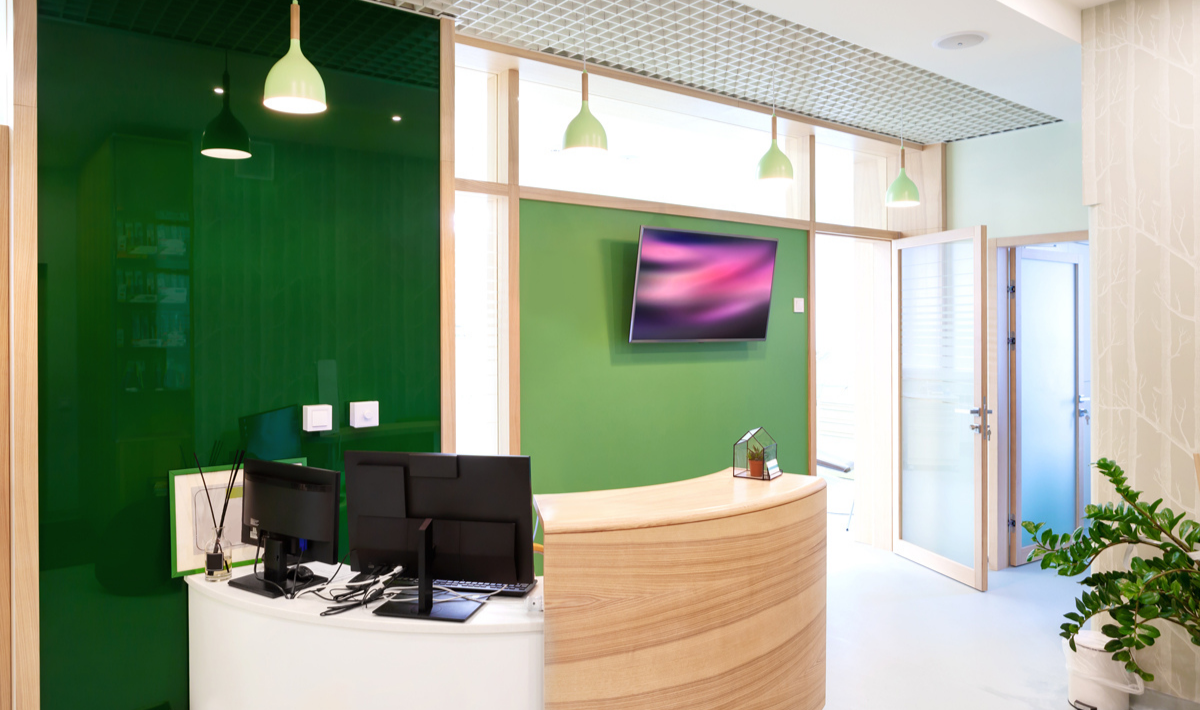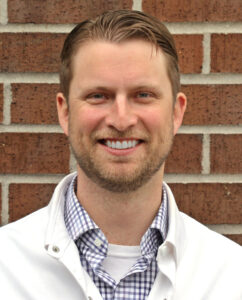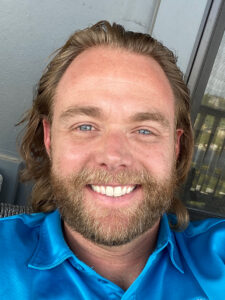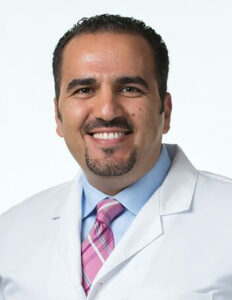Experts share their insights and experiences from building successful dental group practices via de novos.
De novos are a lucrative way for dentists to literally build their brands from the ground up. In this roundtable, several leaders in dentistry discuss setting up de novos practices with the DEO, as well as some best practices for establishing a dental brand.
Dr. Matt Kathan – Matt is the CEO of Timber Dental, a group practice that lives up to its tagline, “Family dentistry done differently,” by being open evenings and weekends to cater to busy young families and professionals. Matt brings years of clinical directorship and superior leadership skills to growing his DSO.
Dr. Eric Roman – Eric is the executive coach and strategic advisor for DSO leaders, high-performing dentists, and dental software companies through dsocoach.com. With his experience as the former CEO and co-founder of Carolina’s Dentist, Eric is able to deliver uncommon insight from DSO inception through exit. His true passion is helping leaders accelerate life satisfaction, impact, and sustainable team culture.
Dr. Sam Alkhoury – Sam is the president and founder of Simply Dental Management. Their main DSO mission is providing compassionate care to their patients of over 35 practices across New England. Simply Dental Management has successfully retained an excellent reputation while growing at an impressive rate due to their commitment to the four core values including honesty, integrity, sincerity, and teamwork.
DEO: What’s the case for de novos?
Dr. Sam Alkhoury: De novos are your thing. It’s your fingerprints, your smell, your color; it’s you. If you’re a doctor who has a strong culture and believe in what you do, that office becomes you.
Dr. Eric Roman: I know we talk about culture a ton and overuse it, but we wanted to create a unique culture inside of our business. I knew that if I was acquiring practices, that wouldn’t happen. Transitioning cultures can be painful and expensive. The cool thing about our practices is that we were able to start from the ground up and establish who we are from day one. That’s given our company a platform to go out into the market and do acquisitions because we know who we are. That’s our reason for doing de novos.
It was also a huge market opportunity for us. We were in a market where we knew we wanted to be branded because there wasn’t a large number of branded practices. It was cheaper for us to acquire patients than buy them. You have to sit down and look at your market and your strategy to decide if this is the right path for you. Because it isn’t easy.
Dr. Matt Kathan: Once I walk into a new practice that I created, it smells a certain way. Anything I add changes the smell and I have a stamp on something that I created that’s uniquely me.
DEO: How do you know how quickly to open locations? Is it based on what your cash flow can dictate?
Sam: I did not take out a loan, so I funded these de novos myself. Cash flow plays a huge role. It also depends on how many we can do at a time. From the initial signing, finding a location, and all the way to opening day, that process takes about eight months to a year to complete.
I can only handle about two de novos a year because I usually sit in all my de novos and start them out. I get the engine going and bring on an associate after I have at least one solid day per week of patients.
Matt: We have done both self-funding and bank funding. We go as fast as it feels comfortable, and we are in a period where all our practices are 10 chairs. We’ve been adding about one a year, as long as our team is comfortable. Right now, they are uncomfortable, so we are going to slow it down and work on creating more infrastructure for what we have now.
Eric: I think there are three pieces to look for. Number one, it’s all about your vision. Like Dan Sullivan says, “There’s no unrealistic plans, just unrealistic timelines.” So, what is your vision and what does it need to look like? What is your strategy? That’s the first piece.
The second piece is capital. If you’re building an emerging dental group, you are probably using other people’s money, like I was. When the capital markets are suffering, it can be a big challenge. One day, everything looks good and then you open a de novo, and your cash flow sinks. Now everything looks bad, and the bank decides to pull out of any future projects. You might even lose your contact at the bank, or the bank could leave the market altogether. The capital piece is really big. Whatever your access to capital is will play a big role, and that’s even aside from taking on outside capital.
The third piece is your team. Every time you add a facility, you’re adding another layer of structural complexity. You have to decide the pace of scaling the team to match scaling locations. Do you overscale your team to be able to provide room for your practice to grow? Or do you act leaner to preserve cash flow in the transition? You need to establish what your strategy is going to be and what works for you when it comes to your vision, capital, and team. All of that will determine what your de novo strategy can be.
DEO: In your experience, what is the cost to open a new location?
Sam: It depends. For example, I opened my first orthodontic practice in New England in 2008, with a very tough and expensive real estate market – probably $80 per square foot. The cost to build a de novo practice in New England was $40-50 psf higher than Texas. And that was pre-COVID. Today after COVID it will be around $150-$175 in New England.
Eric: We spent $1.3 million per de novo. Our buildings are somewhere between 3,500 to 4,500 square feet and 10 to 13 operatories for a full build-out. We also usually have a pre-emptive marketing budget that was significant. It’s somewhere in the ballpark of $200,000 of marketing money budgeted for that first year because we need it to grow quickly. That was a typical build cost and a typical strategy for our de novos. We never went in with an unseasoned team. We made sure we had dentists that had already proven themselves in leadership and running a practice.
We only built around those dentists that we already knew, so that we didn’t have to provide a lot of training and help them figure it out along the way. We pushed so much revenue and marketing money into the new location so that the chairs were full during the first three months. We spent a lot of money, but we did it in order to build practices that our dentists wanted to stay in long-term. We built their dream practice for them to help inspire retention.
Matt: We paid around $400,000 for the first one. I built all the cabinetry and the front desk. I put my heart and soul into this as a person that just really wanted to do it on a bootstrap. My wife, who is also a dentist, helped me to build all of that cabinetry. That was the first one and they are just getting more expensive as time goes on because I’m doing less. It’s important to remember that you are going to get what you pay for. I’m learning that things cost money as I build my entrepreneurial muscles.
We’ve been through three contractors, and we now use the most expensive one. He gave me a timeline that’s completely accurate. If I look at something like the lights and say, “Those are in the wrong spot, they need to be down six inches.” He will respond with “Ok, when can I get in here and do that?” With other contractors, we have had to argue and struggle to get what we wanted. Our last build was about $700,000 at 3,500 square feet.
DEO: Everyone is always worrying about patients and new patient buildup. When do you start marketing?
Sam: Usually, we estimate the first year about $30,000 in marketing for that orthodontic practice, and I’m looking to fill one day a week of patients. That will generate anywhere from $350,000 to $550,000. I like the calls to be taken two months before we open, giving the patients a couple of month’s notice. I will usually put my de novos where my referrals are. With that, I’ll talk to all the referring dentists and make sure that we are all good to go.
The conversation with my referring dentists usually happens a year before we even build the office because they will start holding patients for us, instead of referring them to someone else. On your first day, you could have a list of $300,000 to $500,000 in production, which is great.
Also, I always make sure to do my due diligence and check to see if there are any other orthodontic practices being built at the same time as ours. You don’t want to be opening a specialty practice and then there are three or four other practices opening that offer similar services. That will essentially kill any buzz that you are trying to build.
Matt: Our location is the marketing. Our downtown location has a 30-foot sign that was grandfathered in. We picked the location because of that sign. We use a retail mentality for our de novos that keeps us out of the back 40 of a medical center. Our marketing and branding is on all of our buildings. In fact, a lot of our places have up to 100,000 drive-bys per day where people can just see our branding. I like to think of that as a billboard that people are seeing all the time.
The best way to do it is to get dental demographics for where you are right now and partner with a broker you are committed to. They can help you put together a robust study with a map that can pin all the locations, numbers, and ages of the people in the neighborhood. You can get pretty good information to get into those emerging markets and pay for a good retail space.
But it can be difficult to get into those retail spaces. It takes us a year beating the streets, and I’m usually the one that finds them. It’s not typically the broker showing me where they are at. A lot of the time, those property managers say, “No, we want a restaurant.” They don’t like to put dentists in the space that I’m trying to get into. I just get used to no.
Eric: I think it was Fred Joyal that said, “Everything is marketing.” For us, marketing is site selection, phone skills, behaviors, and it’s the attitude of the dentist going in there and seeding the population. We tried to be super preemptive about where we built our locations and spent around $40,000 on demographic studies over the years, but we realized that the studies always recommended a location near a Walmart or a Target. So, we just decided to start building near Walmarts and Targets, which has saved us a lot of money. Grocery stores work too. The data says that moms usually drive the majority of dental expenditures on an annual basis. I want us to be in a place where moms can constantly see us when they drive past our office three times a week. When she has a need, I want her to think of us. Walk-in population has been huge for us.
The thing about Walmart is that they don’t make mistakes. When have you seen a Walmart go out of business? They have already done the work, so we just decided to keep it simple. It’s worked for us in our markets, but everyone has different markets. You just have to find something that works for your region and demographics.
DEO: What is scheduling like? How do you get the practice up and running?
Sam: As an orthodontist, it’s attractive to prospects that I take the time to mentor my orthodontists or orthodontic associates. I have an abundance of orthodontists all the time. Currently, we need two or three orthodontists to join us because of the massive growth, but I am very fortunate to have a wealth of orthodontists to schedule. Like I said before, I start every de novo and bring my traveling team with me. We start that associate about one day a week. After that, that associate is all of a sudden traveling to probably at least three practices, filling four to five days a week.
We find associates by word of mouth. Most new graduates are afraid to be out there by themselves sitting in a practice, and they want a mentor. When you can provide that mentorship and tell that you are there for them, it makes the hiring process easier. With technology now, we can communicate at any time about their patients. We can help walk them through the treatment process and help them come up with a plan. It makes everything much easier.
Eric: We go all or nothing from the very beginning. We are 7-to-7, Monday through Friday to open these practices with multiple dentists. Our worst performing first 12 months was $1.3 million, and we still lost money. We weren’t profitable with that location until month 13. Our best performing location was profitable in the first month. Of course, it wasn’t profitable in the second month. But we recovered and it did $2.4 million in the first year.
In the first 12 months, we flood the market for the new location and focus operationally on good internal systems. The marketing develops the leads, and we are using dentists that are million-dollar producers.
We heavily invest in those providers to get them prepared. It can be a challenge to take a great producer who is generating $1.2, $1.4 million a year and put them where they are essentially starting from zero. It hurts the practice they are leaving, and it hurts their paycheck.
We had to work on structuring those transitions to build in some mentorship opportunities and financial guarantees to bridge the gap. And we have to backfill an incredible dentist in there, so you have to think about the required lead-time relative to what your schedule will look like. We recruit in advance to ensure that our facilities start out with multiple doctors. It was a really complicated process to push through.
We spent a lot of money, time, and effort making sure that we were going to get the best performance from our providers and sustain our model. It’s not perfect. It’s risky. But it’s what worked for us.
Matt: We have done it all. I have worked in the practice from the beginning. We also had an associate working in another practice to build them up to give him that practice. I would say the biggest skill is to communicate what it’s going to be like when they are in a practice starting up, and the hustle that you are going to expect from them. You also need to give them a guarantee.
Find the rate that’s fair in your market and find someone that is hungry. I think the key to this associate game is to have a really big funnel with a bench full of people that want to work for you. You just need to create the environment that you want to work in as a dentist, which makes it easier to find dentists that want the same environment.








